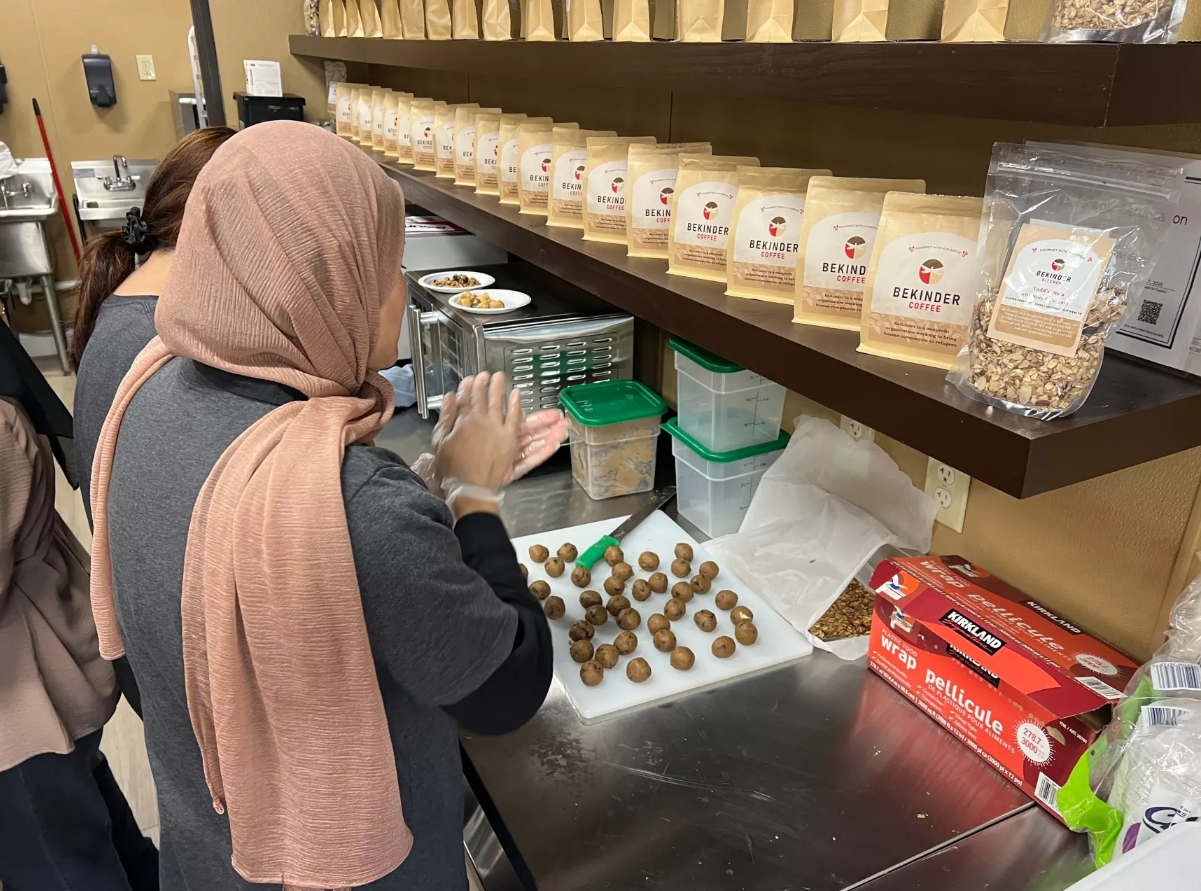Dallas, Texas, is a city known for its dynamic blend of cultures, and one of the most visible results of this cultural melting pot is its vibrant food scene. Over the years, the city’s immigrant communities have had a profound impact on shaping the culinary landscape, introducing international cuisines that have become integral to the city’s identity.
From the early days of Tex-Mex and barbecue to today’s burgeoning global food culture, Dallas continues to evolve into a culinary haven that celebrates diversity.
The Early Influence of Immigrant Communities
The history of food in Dallas is intricately linked to the waves of immigrants who have made the city their home. From the late 19th century onwards, European immigrants, particularly from Germany, Poland, and Czechoslovakia, began arriving in Dallas, bringing their rich culinary traditions with them.
Bakeries, butcher shops, and delis sprung up, offering a taste of Europe in the heart of Texas. Dishes like sausages, sauerkraut, and kolaches became staples in local eateries, and these immigrant food cultures began to blend with existing Texan traditions.
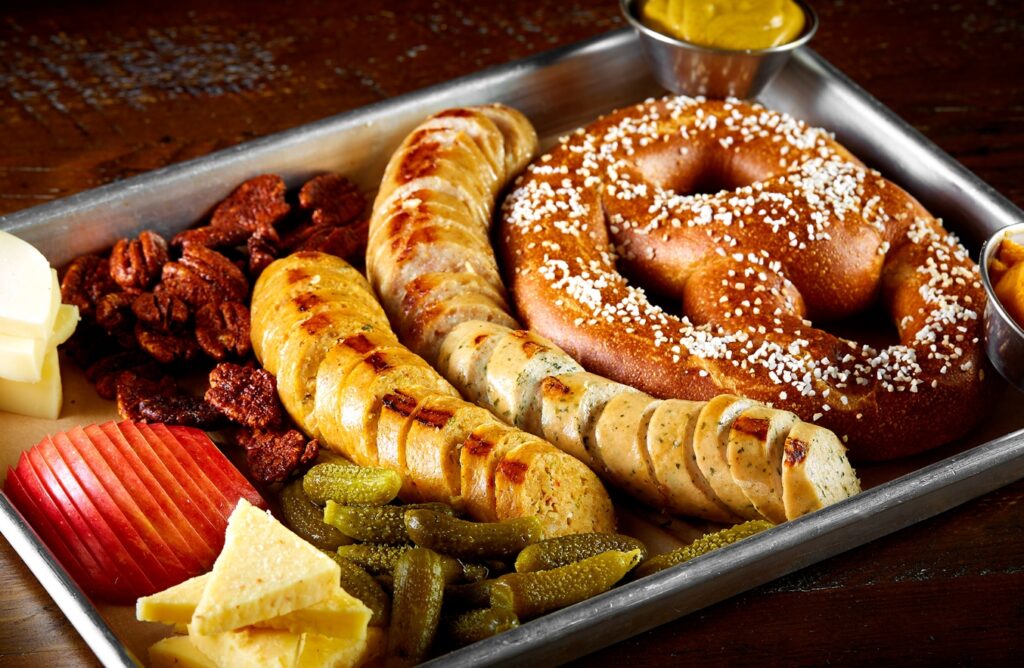
As the city continued to grow, new waves of immigrants, especially from Mexico and Central America, began influencing the culinary scene. This gave rise to the iconic Tex-Mex cuisine that Dallas is famous for today.
Dishes like enchiladas, tamales, and chili con carne were born from the fusion of native ingredients and European culinary techniques, becoming the foundation of Dallas’s food culture. Immigrant communities were at the forefront of these transformations, using food to share their heritage and create new, hybrid identities.
A Modern-Day Culinary Renaissance
Fast forward to the 21st century, and Dallas’s food scene is one of the most diverse in the country, thanks in large part to its immigrant populations. Whether you’re craving Vietnamese pho, Ethiopian injera, or Indian curries, you can find it all in Dallas. The city’s immigrant food culture continues to expand, with new restaurants opening regularly, each offering a unique taste of their homeland’s culinary traditions.
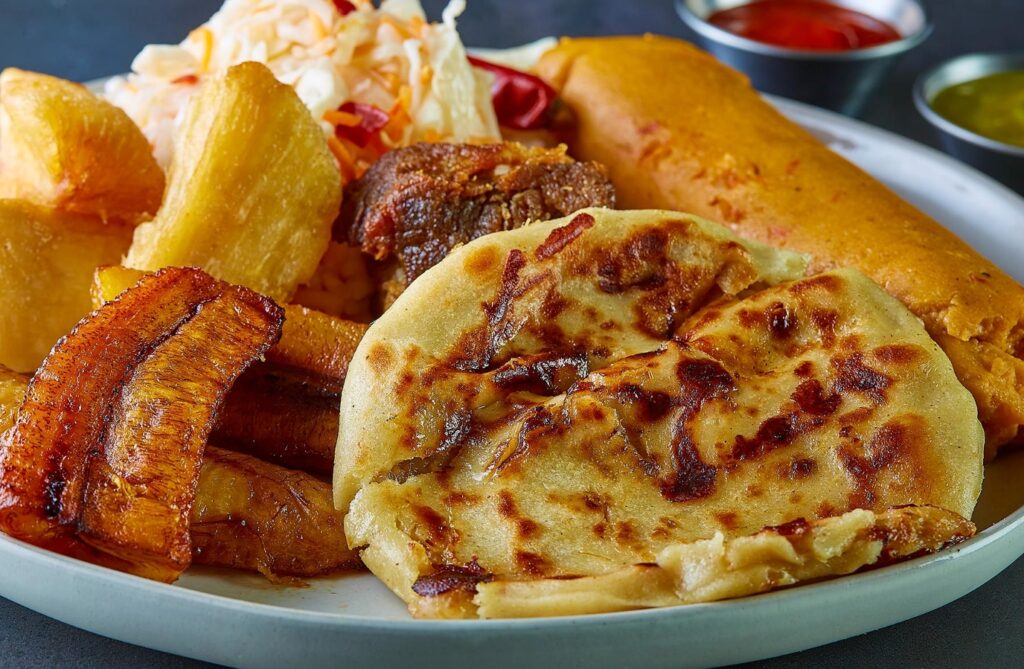
The city’s international cuisine scene is especially vibrant in areas like the Bishop Arts District, where you’ll find a mix of Salvadoran, Laotian, and Ethiopian restaurants, reflecting the neighborhoods’ rich immigrant roots.
Take Khao Noodle Shop, for example, where Chef Donny Sirisavath serves up Laotian-inspired dishes that showcase his childhood memories combined with modern innovation. The restaurant is part of a growing trend in Dallas, where chefs from immigrant backgrounds are bringing their heritage to the forefront with fresh, creative takes on traditional recipes.
Similarly, Sandwich Hag, a Vietnamese-owned eatery, serves up one of the best bánh mì sandwiches in the city. Chef-owner Reyna Duong has turned her small but mighty restaurant into a beloved spot for locals, thanks to the influence of her Vietnamese heritage and her commitment to creating a space where food connects with community.
The Role of Refugees in Dallas’s Food Landscape
Dallas is also home to a significant refugee population, many of whom have contributed to the city’s vibrant food scene. These refugees bring not only their culinary skills but also their agricultural knowledge, enriching the city’s food culture with fresh perspectives and flavors from around the world. Organizations like Break Bread, Break Borders and Be Kinder Coffee have been pivotal in providing refugees with opportunities to enter the food industry, whether through cooking, farming, or small-business ownership.
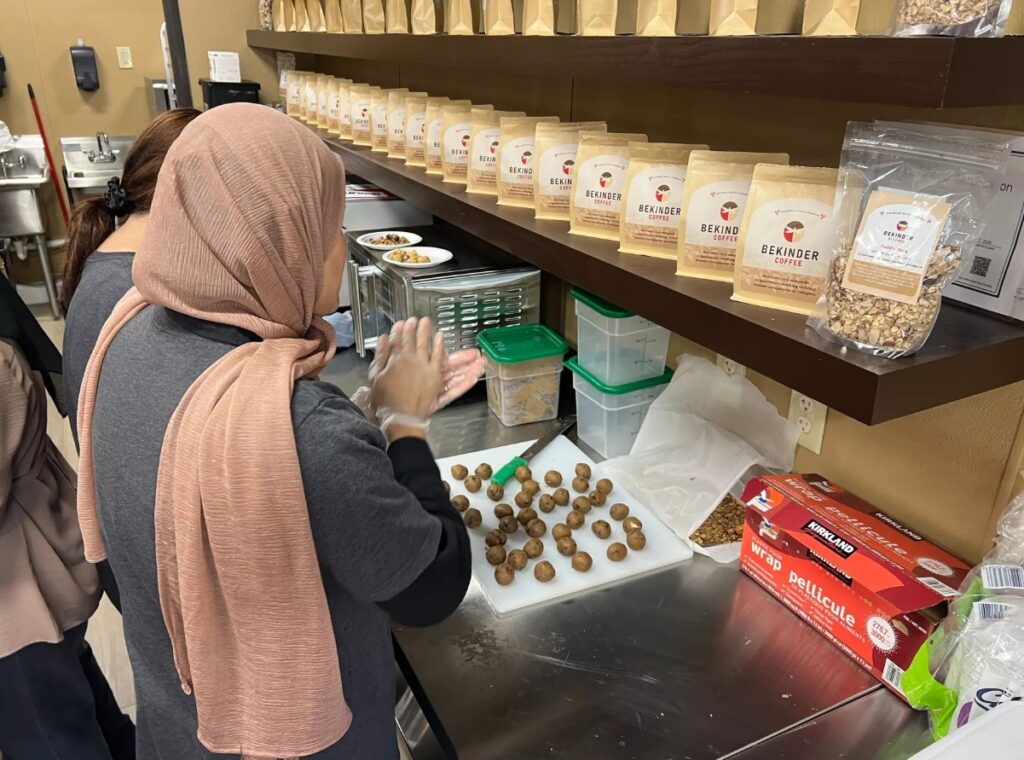
One such example is Jane Nguyen Gow, a Vietnamese refugee who runs Be Kinder Coffee. Nguyen Gow’s journey from refugee to successful business owner is a testament to the role food plays in helping immigrants establish roots in a new community. Through her company, she offers homemade granola, vegan snacks, and ethically sourced coffee while providing job training and mentorship to other refugees.
Her story is a reminder of how food and immigrant food culture in Dallas are not only about nourishing the body but also about offering opportunities and creating a sense of belonging.
The Influence of Middle Eastern and African Flavors
In recent years, Dallas has seen a rise in Middle Eastern and African cuisine, with many immigrants from countries like Syria, Iraq, and the Democratic Republic of Congo contributing to the city’s culinary fabric. Rania, a Syrian refugee, opened her home to share a traditional meal with a reporter, offering a taste of the rich, aromatic dishes of her homeland.
This community-driven spirit of sharing food is common in the Middle Eastern culture, and it’s a characteristic that has shaped the way immigrant food culture is perceived in Dallas.
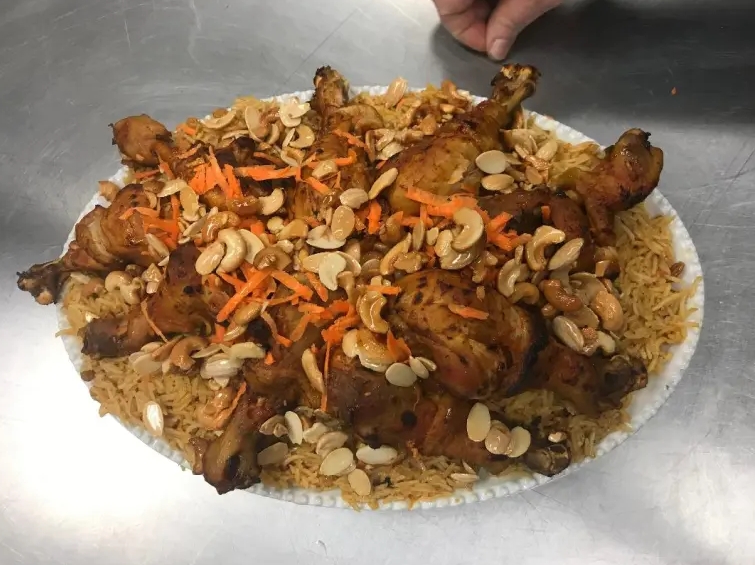
In fact, one of the most popular movements within Dallas’s immigrant food culture is the rise of catering services like Break Bread, Break Borders. This organization empowers refugee women by helping them establish careers in the culinary industry, where they can share their homegrown flavors with a wider audience. Whether it’s Syrian shawarma or Congolese vegetables, the food prepared by these women offers a taste of their homeland while giving them the chance to build a future in a new country.
Immigrant-Owned Restaurants and Food Trucks
One of the most significant ways immigrant communities have shaped Dallas’s food scene is through the growing number of immigrant-owned restaurants and food trucks. These small businesses not only provide authentic international cuisine but also serve as cultural touchstones for the diverse populations in the city. Ceviche Oyster Bar, located in the Bishop Arts District, is a prime example of how Dallas’s immigrant food culture thrives. This spot, which specializes in seafood, reflects the influence of Mexican immigrants and their love for fresh, bold flavors.
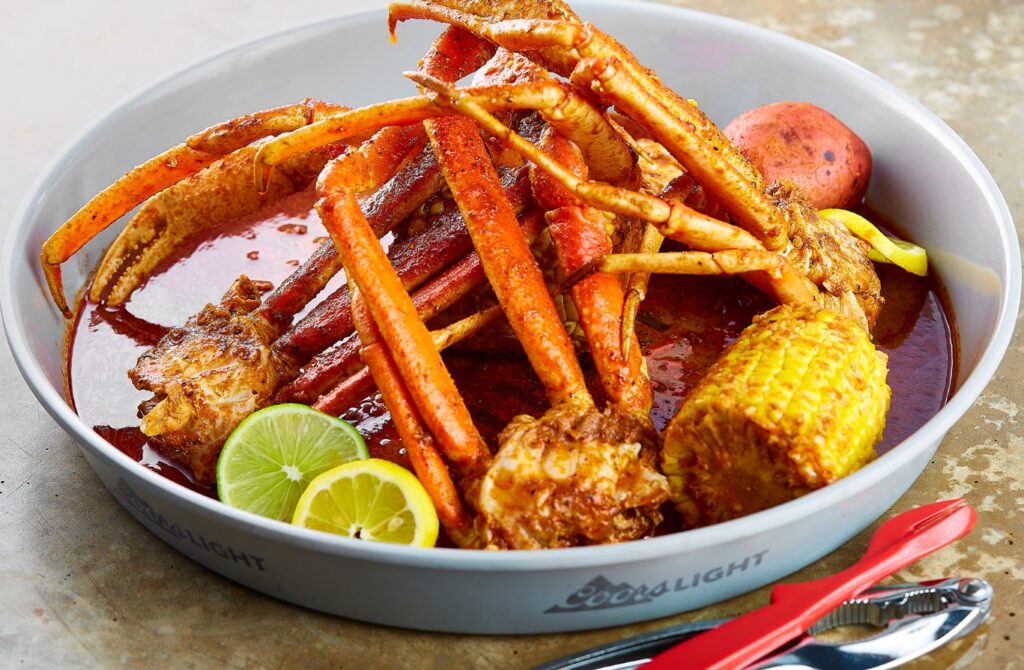
Another notable immigrant-owned eatery is Petra and the Beast, a modern American restaurant that incorporates global ingredients and techniques into its offerings. Chef Misti Norris’s creativity shines through in dishes that blend the flavors of Texas with those of international cuisines, offering Dallasites a taste of what happens when cultures collide.
The Future of Dallas’s Immigrant Food Culture
The future of Dallas’s food scene looks brighter than ever, thanks in no small part to its immigrant communities. As the city continues to grow and attract new residents from around the world, it will only become more diverse and dynamic. The immigrant food culture that has been integral to Dallas’s evolution will continue to influence the city’s culinary landscape, with new generations of chefs and home cooks keeping traditions alive while also innovating for the future.
Immigrants in Dallas have helped to create a food scene that is as rich and varied as the people who call this city home. Their influence can be seen in every corner of the city, from food trucks and farmers’ markets to fine dining establishments. Whether you’re looking for traditional dishes or modern takes on global flavors, Dallas’s immigrant food culture offers something for everyone.
Conclusion
Dallas’s diverse restaurants are a reflection of the city’s immigrant communities, whose influence on the culinary landscape has only grown over time. From the fusion of Tex-Mex and barbecue to the vibrant offerings of Middle Eastern, African, and Southeast Asian cuisines, Dallas’s food scene is a testament to the power of immigrant food culture.
If you want to experience the diverse flavors of Dallas firsthand, consider booking a tour with Incloodie Food Tour. Discover the rich tapestry of international cuisines that have shaped the city’s vibrant food scene while enjoying the unique atmosphere of Dallas’s most flavorful neighborhoods. Ready to explore? Book your tour today!

